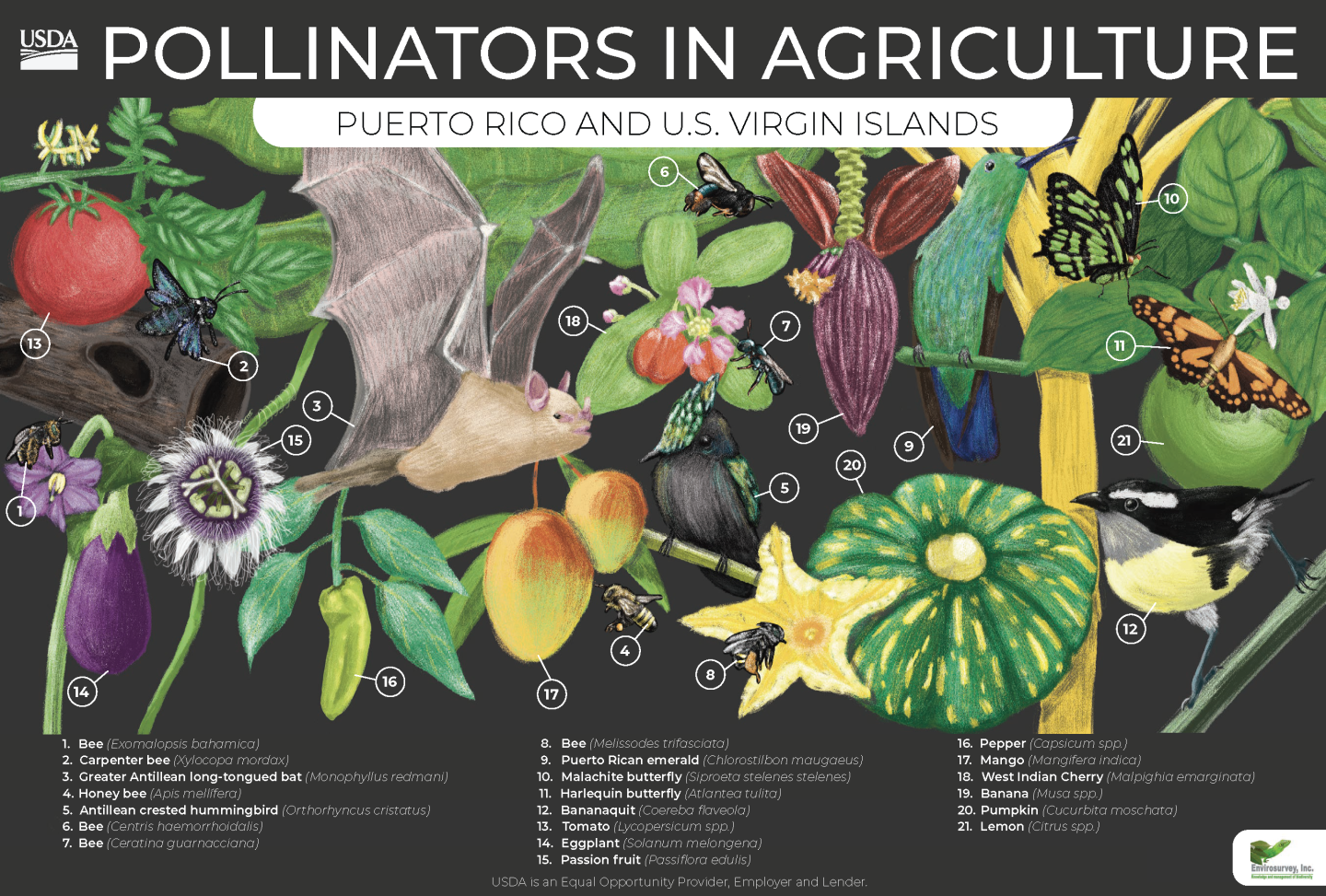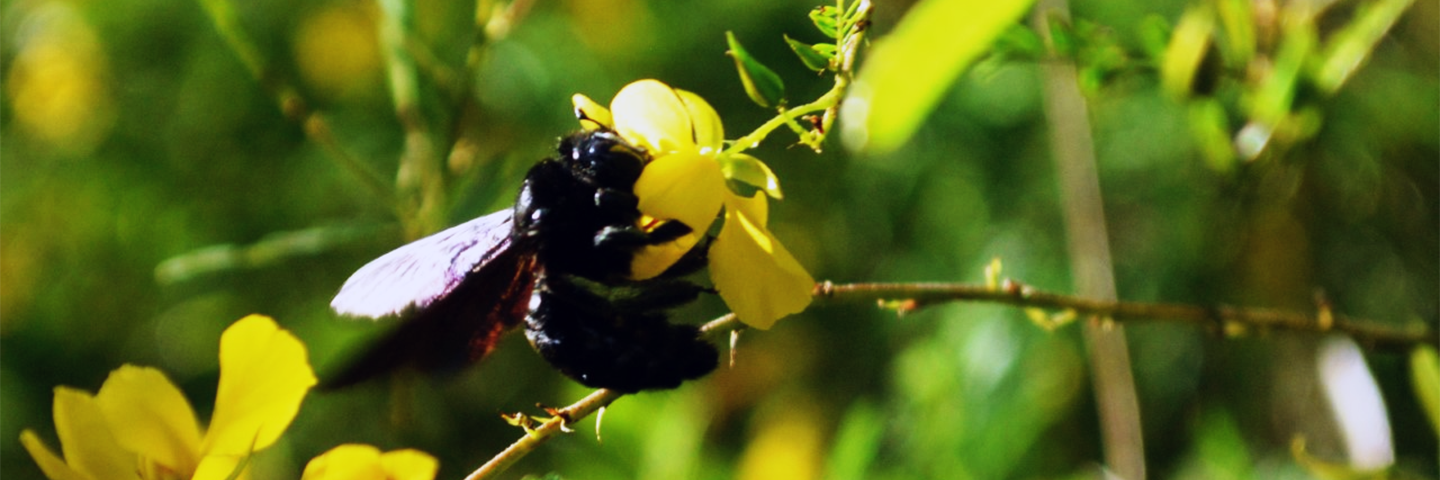
NRCS offers technical & financial assistance to help farmers and forest landowners apply conservation practices to provide habitat for pollinators and critical wildlife species.
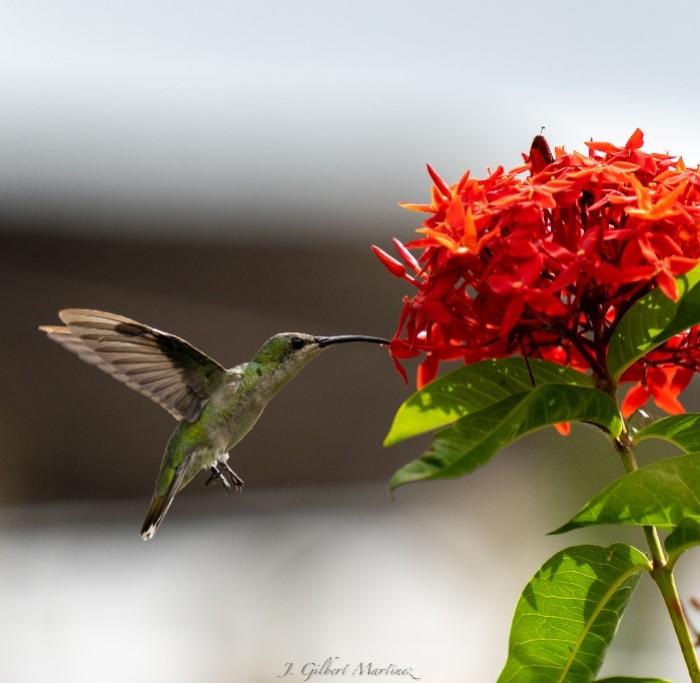
NRCS helps Puerto Rico and Virgin Islands farmers prepare conservation plans and apply practices to benefit soil, water, air, plants, and animals for productive farms and healthy ecosystems.
You can improve pollinator and wildlife habitat on your farm through the NRCS conservation practice Wildlife Habitat Planting. NRCS provides cost-share to farmers and landowners to plant flower or shrub seeds or seedlings to provide essential food, refuge and cover for pollinators and wildlife. These plantings are particularly valuable when converting cropland or pastureland to dedicated wildlife habitat.
The Wildlife Habitat Planting practice is also used to convert degraded habitat, like abandoned areas covered by exotic plant species, to high quality habitat with more native plant species variety. This practice is very commonly used to provide habitat rich flowering plants for pollinators and monarch butterflies.
Other NRCS conservation practices that can be applied with Wildlife Habitat Planting include Upland Wildlife Habitat Management or Wetland Wildlife Habitat Management, Hedgerow Planting, Riparian Forest Buffers, Structures for Wildlife, and Tree and Shrub Establishment. To participate in our programs to help pollinators, contact your local NRCS Field Office.
Afiche de Polinizadores en la Agricultura
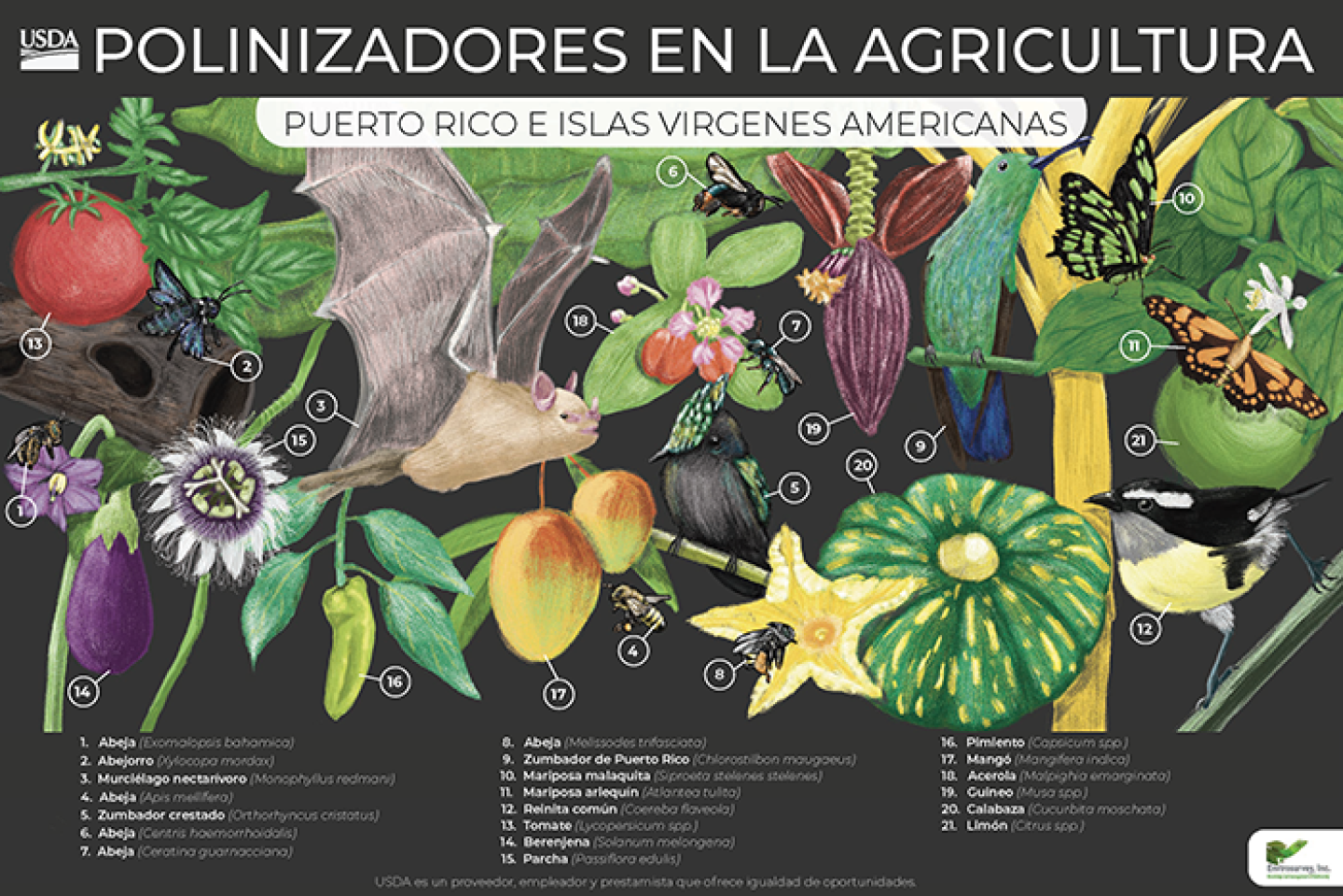
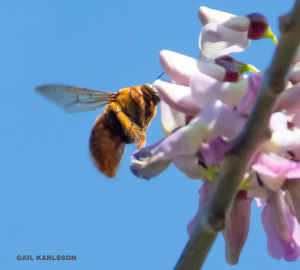
More Information
- Caribbean Pollinators
- BEE in the Know - Assistance for Honey Producers Brochure and Video - farmers.gov
- BEE Friendly to Pollinators with Conservation Plants
- Five tips for your daily land management activities to help combat pollinator decline - farmers.gov blog


